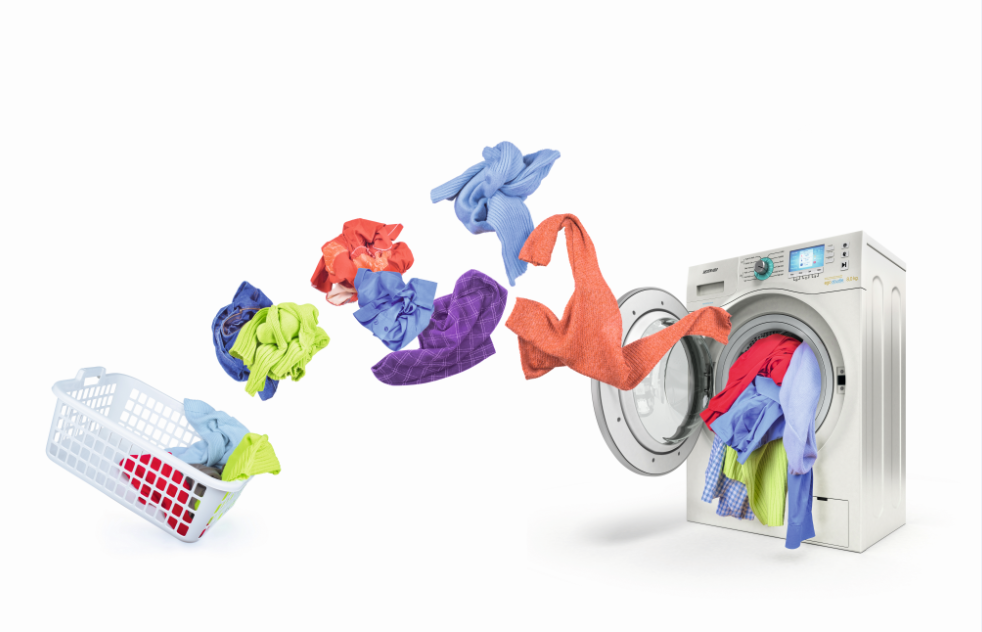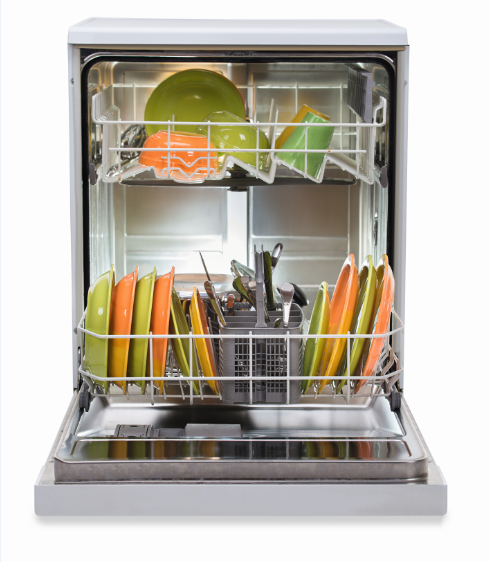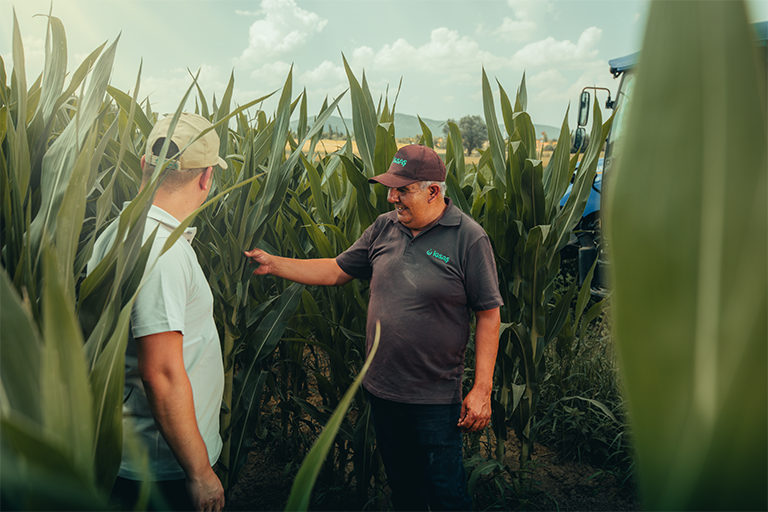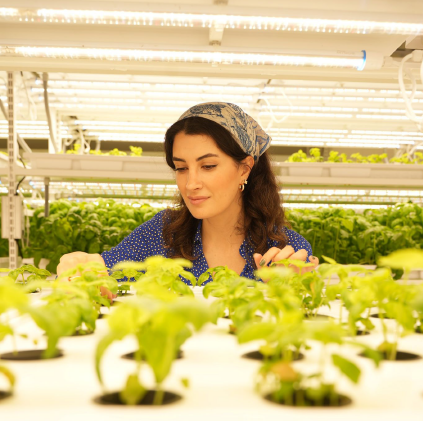- Home
- Following the Soil
- Sustainability-friendly steps
Sustainability-friendly steps

In its most basic sense, sustainability means meeting our needs by using today's resources while taking into account the needs of future generations. Another issue that should not be overlooked in this regard is that the resources needed for our basic needs are limited even today. The reason for this is the excessive use of non-renewable resources. Every energy we cannot regenerate comes back to us in the form of diminishing resources. As individuals, we all have a role to play in sustainability. The United Nations Development Program's recommendations for a better future show that we can contribute to the world by changing our habits a little.
While resting
You are sitting at home resting. Take a look around: How many electronic devices are there? Are they plugged in even if you don't use them? If yes, make a good start and plug all electronic devices into an extension cord. Save electricity by turning off a single switch when you leave the house! It's also a good step to turn off the lights in the room when you're surfing the internet on your computer or tablet, or watching a movie on TV, as you have enough light. This will also have a positive impact on your bill. Speaking of bills, you can use online websites or apps for smartphones to make payments. This will not only make your work easier, but also help you avoid wasting paper. Another piece of advice is not to print out paper unless necessary. You can record the information/note you want on your digital devices and set an alarm. This method may work better than postit notes as a reminder. While lying on your couch in the afternoon, you can take a few minutes to identify sustainability-friendly and environmentally conscious companies and choose these companies for your shopping. While browsing social media, you can raise awareness around you with a post about climate change.


At home
Would you like to save resources such as electricity, water, food and money and contribute to both your budget and sustainability? Let's list our recommendations right away. To avoid wasting water, detergent, electricity and time, you can run your washing machine after it is fully loaded. If you do not rinse the dishes before placing them in the machine, you will avoid a great waste of water. If you don't need a specific temperature, you can run your oven after you put the food in, rather than preheating it in vain. You can freeze foods that you don't want to go stale and spoil, and meals that you can't finish. You will not waste these foods that you can eat later. It is possible to use food scraps as fertilizer and recycle them instead of throwing them away. You can collect paper, plastic, aluminum and glass waste, the main protagonists of recycling, separately and contribute to waste bins. Another thing you can do to increase energy efficiency is to prevent air leaking through windows and doors. If you also use carpeting, your heating system will be much more comfortable. If your old appliances and light bulbs use too much energy, you can replace them with more energy-efficient ones. Solar panels in your home can be a friend of your bill and nature.
Outside
What will you cook today? Our advice is to first make a shopping list and buy as much food as you need. It's also a good precaution not to go shopping when you're hungry; it's not uncommon for you to want every food you see when your blood sugar drops. If you shop at grocery stores or markets in your neighborhood, you will support neighboring businesses and help create jobs. In the meantime, using a cloth bag saves the environment from a big bag problem. Choosing non-disposable bottles and cups when drinking tea and coffee, and using fewer napkins when eating out will also reduce waste. Bicycling, public transportation or walking to meet a friend, go to the market or to work is a great favor for transportation, the environment and energy. If you have a car, taking it for regular maintenance reduces the carbon emissions it emits into the environment. Another step is to donate unused items, furniture, clothes and books to those in need. In addition to the people around you, charities and clothing waste bins are ready for this. You can also think of second-hand shops when buying such items. The more you make use of these products, the more you can contribute to saving energy.

